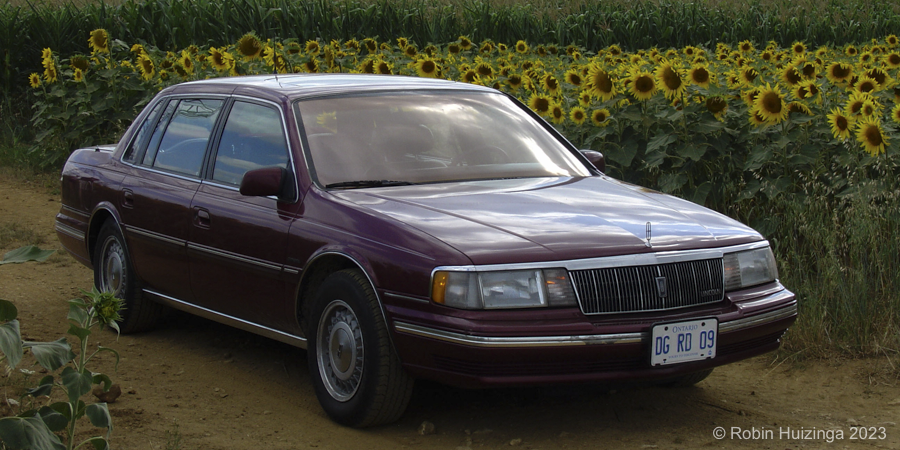
Dutch License Plates
Side code 1
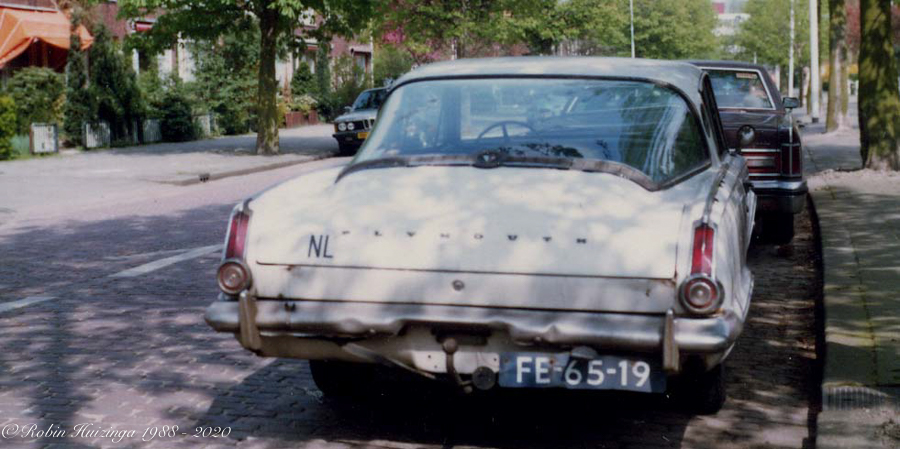
Side code 1 consisted of two alphanumeric characters and two times two numeric characters, as shown in the picture of the ’65 Barracuda. You would expect that the alphanumeric characters were used in alphabetical order. But the RDW didn’t do it that way. They started with the combination ND-00-01. when the combinations starting with a Z were all used, they started with the letter A and so on until the letter M was reached. By then it was 1965 and it was time for side code 2. The combination AA was and still is reserved for the Royal Family.
Side code 2
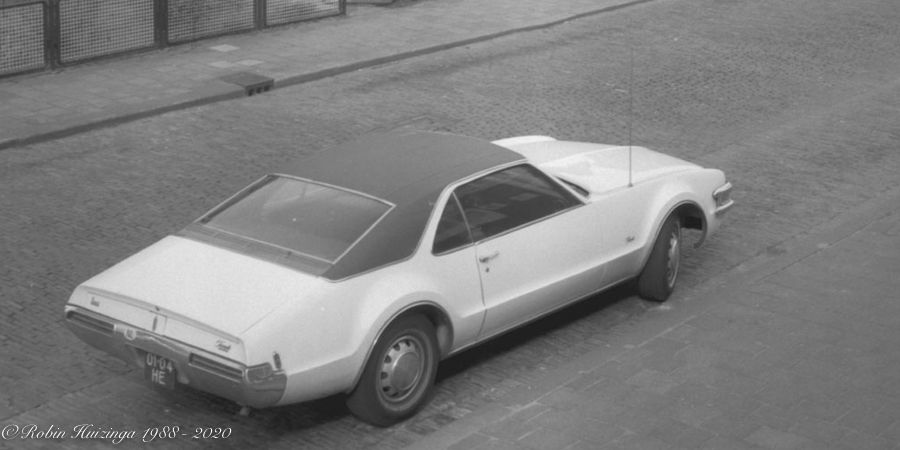
Side code 2 consisted of two times two numeric characters and two alphanumeric characters, as shown in the picture of the ’68 Toronado. By now, the RDW followed a more logical sequence for the alphanumeric characters. The first issued combination was 00-01-AD
Side code 3
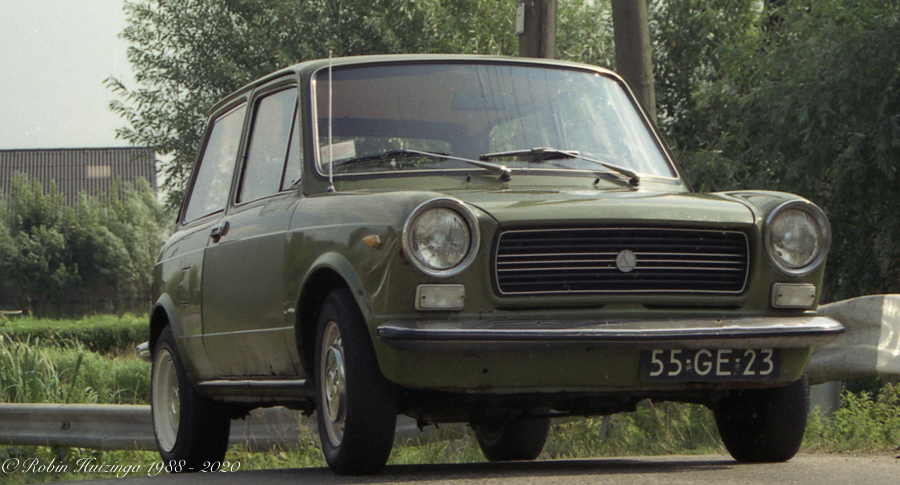
In 1973 side code 3 was introduced. It consisted of two numeric characters, two alphanumeric characters and again two numeric characters. Like side code 2 the sequence was logical, starting with 00-AD-01. But other changes were made. In 1976 the black background op the license plate changed to dark blue and the option of a yellow plate with black characters was introduced. Choosing blue or yellow was an option you could make when you ordered the car, but als it was allowed to replace any Dutch plate with a yellow one. This was was a populair thing to do, because your car looked new.

But another thing was introduced in 1976. Until then there were two size plates. Rectangle and square. But as you can see in the pictures of my parents cars, those did not fit easily on American cars. So the 18.2 plate was introduced. A smaller plate, only in the color yellow, never in black or blue. It was only allowed to use these if it was permitted by the RDW, which ment all American cars produced in 1976 and later. Retrofit was not allowed. If you imported a European or Asian car from the US yourself, the so called grey imported, you could ask for an exception to this rule. The 18.2 was killed by European regulation.
Side code 4
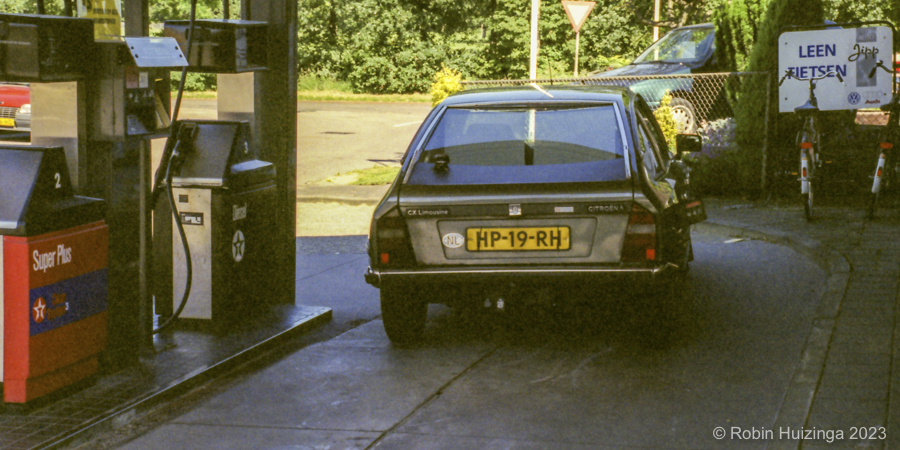
By 1978 it was time for side code 4. For side code 4 and later it became mandatory to use yellow plates. Side code 4 consisted of two alphanumeric characters, two numeric characters and again two alphanumeric characters. The first plate was DB-01-BB. It was issued on a BMW E12. Yes, an import.
The M as first letter was reserved for motorbikes and the B and V were reserved for commercial vehicles. The V succeeded the B in time.
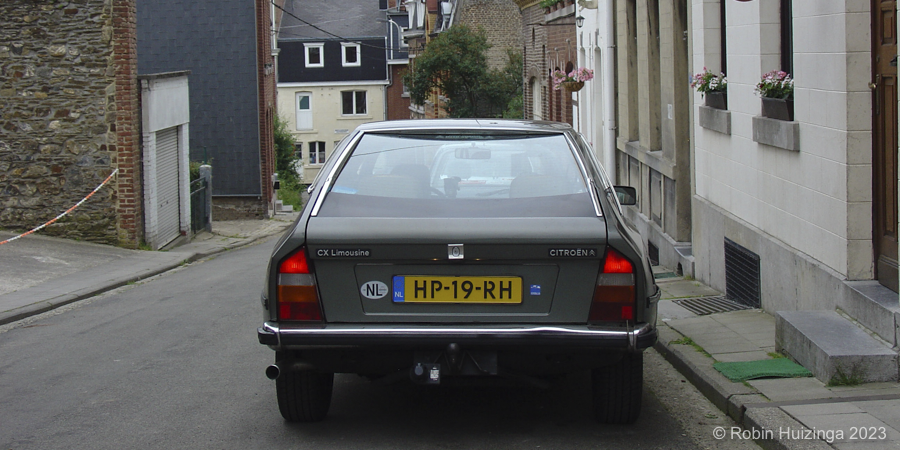
In 2000 all yellow plates were replaced by the so called GAIK plate, with the blue EU rectangle on the left. It became mandatory for the annual MOT so in three years all yellow plates were replaced.
Side code 5
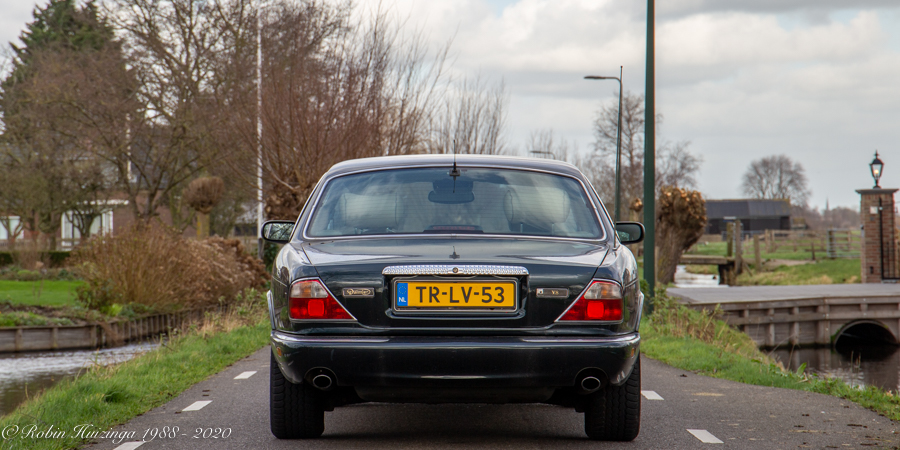
By 1991 it was time for side code 5. It consisted of two times two alphanumeric characters and two numeric characters. To avoid the possibility that a licence number can form an actual word no vowels were used in these and future series. The first plate was DB-BB-01. It was issued on a Peugeot 605.
Also now the M as a first letter was reserved for motorbikes. The B as a first letter was reserved for lorries (>3500 kg) and de V for vans (<3500 kg)
Side code 6
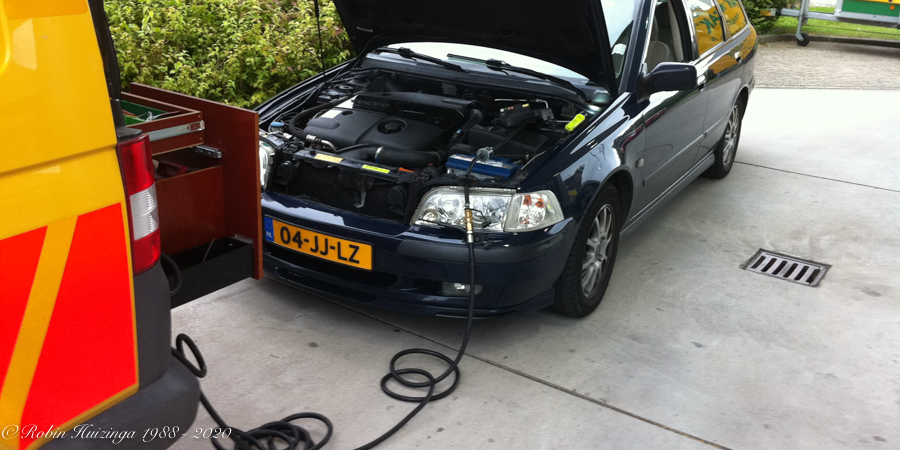
By 1999 it was time for side code 6. It consisted of two numeric characters and two times two alphanumeric characters. The first plate was 01-DB-BB. It was issued on a Mercedes Sprinter.
Again the M as first letter was reserved for motorbikes. Because the number of issued motorbike plates goes much slower than the plates issue to cars, by 2016 we are still using side code 6 for motorbikes. Both the B and the V as a first letter were reserved for for vans (<3500 kg).
Side code 7
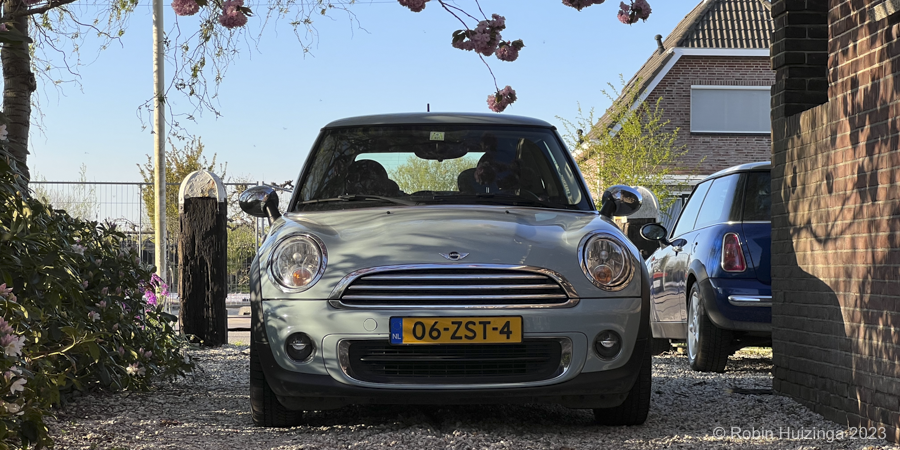
By 2008 is was time for side code 7. This was the first time the RDW dropped the three time two character combination in favor of a two numeric characters, three alphanumeric characters and one numeric character combination. The first plates was 01-GBB-1. It was issued on a VW Golf+.
The D and F as a first letter were reserved for mopeds, which, since 2005, were required to have a licence plate. So they were issued side code 7 numbers two years before motorcars were. The B as a first letter was reserved for lorries (>3500 kg) and de V for vans (<3500 kg). I presume that the M will be reserved for motorbike.
